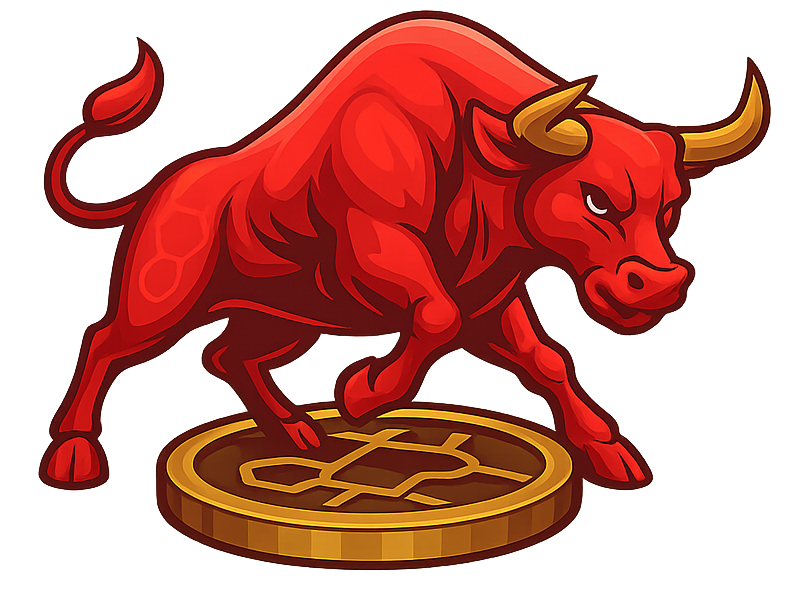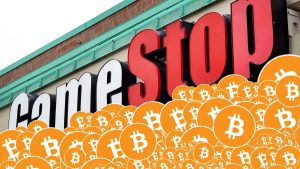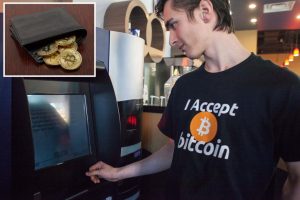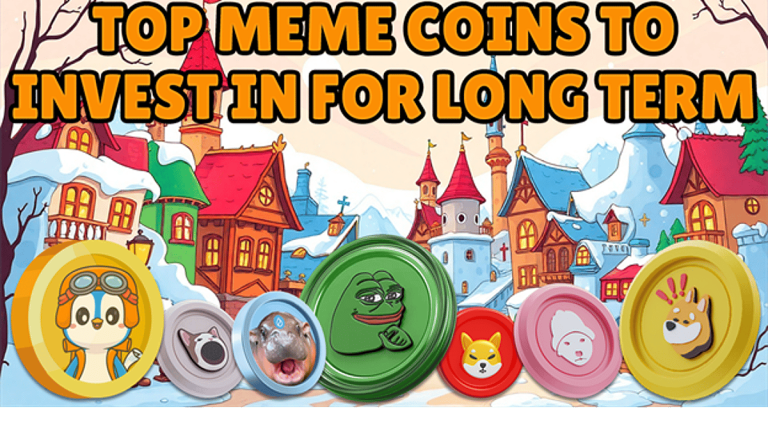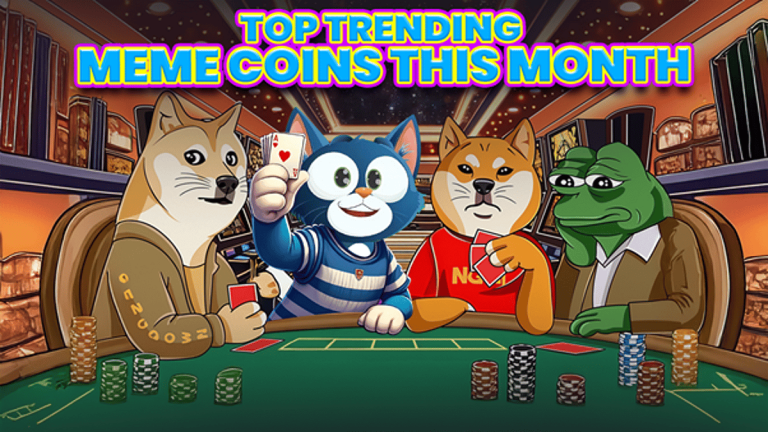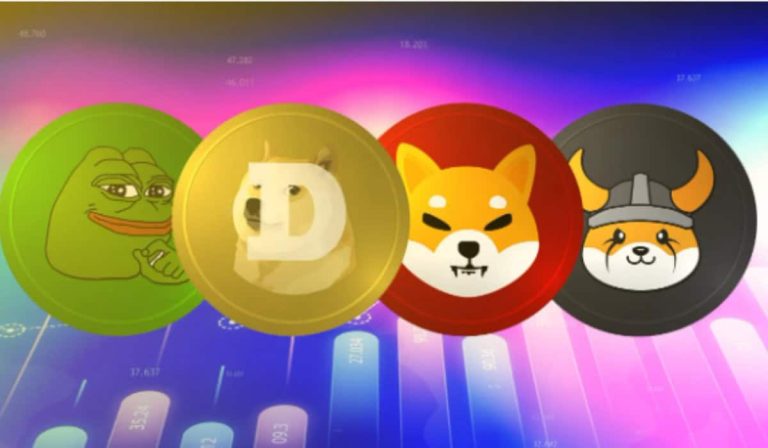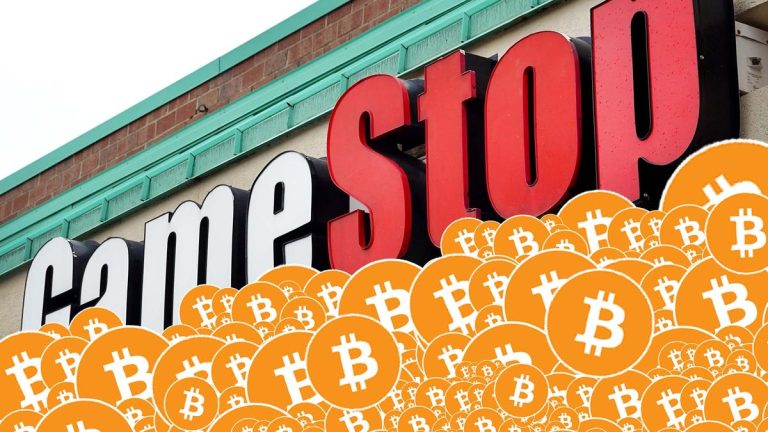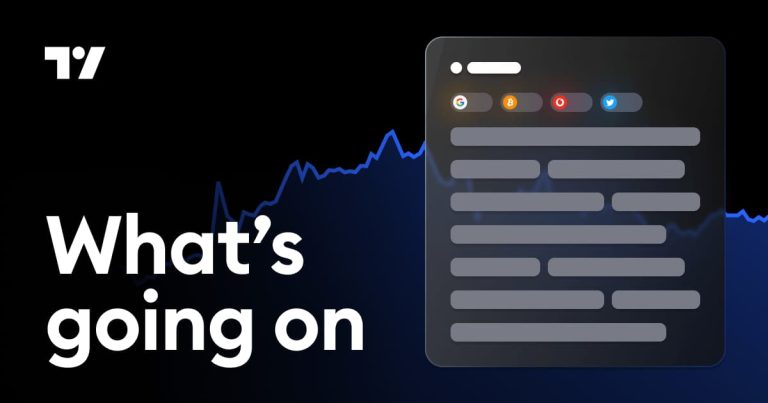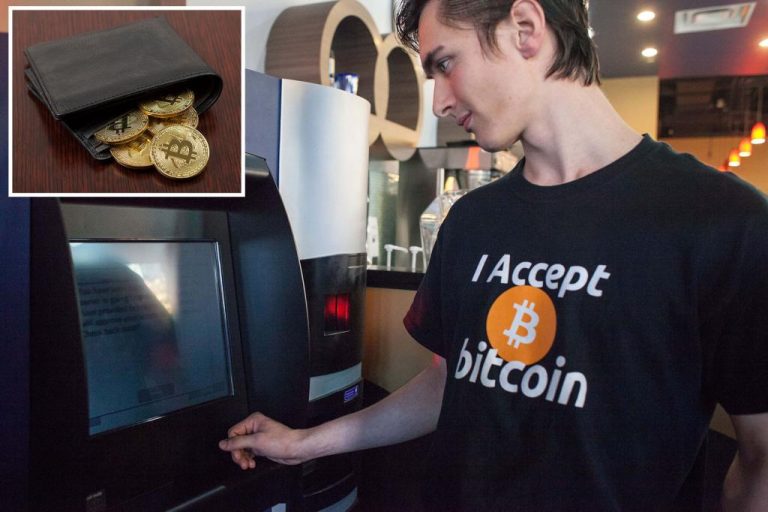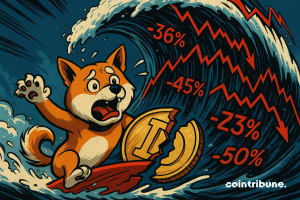
attributed to Pexels.com /
Supplied
There have been many trends
in the world of cryptocurrencies, but meme coins have had a
lasting cultural impact that few others have. These digital
assets, led by Dogecoin, were never meant to be taken
seriously. They came from internet pranks and online
subcultures. They didn’t have the official white papers,
advanced technologies, and big promises that many of their
peers did. Instead, they became popular because they were
entertaining, easy to find, and the power of viral networks.
But as time went on, some of these so-called joke tokens
started to get a lot of attention from corporations, payment
networks, and even retail investors.
This change was
made possible by the rapid growth in the Dogecoin
price, which was caused by celebrity endorsements and
talk on the internet. Some people thought the price jump was
crazy speculation, while others said it was people changing
their minds about other digital currencies. People liked
using Dogecoin for peer-to-peer payments because it was easy
to use, had cheap costs, and processed payments quickly. It
wasn’t simply a meme anymore; it could actually be used as a
way to trade things. As retailers, influencers, and tech
supporters started to accept Dogecoin as payment, the
question changed from “Why would anyone use this?” to “How
far can this go?”
Merchants and Platforms Taking it
Up
Advertisement – scroll to continue reading
Businesses, both online and offline,
need to accept a cryptocurrency for it to work as a
legitimate payment method. In the last few years, more and
more stores have started taking Dogecoin and other meme
coins as payment. This form of payment encompasses
everything from high-end items and electronic
gadgets to coffee cafes and streaming services. Even
well-known corporations like Tesla briefly accepted Dogecoin
for goods, which was a small step toward making it more
widely acknowledged.
Third-party payment
systems have also connected meme currencies to real-world
use. Businesses can accept cryptocurrencies, including
Dogecoin, and turn them into real money immediately with
services like BitPay and Coinbase Commerce. This lowers the
danger of price swings that usually keep organizations from
dealing directly with digital assets. As more payment
processors add meme coins to
their systems, it gets easier for users to spend and for
retailers to accept them. This makes the case for their
usefulness in the real world much stronger.
The
Problems with Stability and
Scalability
Meme currencies are becoming
increasingly popular, but they are still not fully viable
ways to pay, and price volatility is the most important
thing. Meme coins change value more often than Bitcoin or
Ethereum. Because of this unpredictability, businesses have
difficulty setting prices, and customers have difficulty
using them without losing value.
Another
worry is scalability. Dogecoin has shorter block times and
lower costs than Bitcoin, but it still has problems with
transaction volume and network throughput. Meme currencies
need to build scalable infrastructure if they want to be
used as payment solutions globally. This includes off-chain
options like payment
channels or adding Layer-2 technologies to make the
system bigger and less crowded during times of heavy
demand.
What Community and Culture Do
Strong
communities distinguish meme currencies. These tokens thrive
when people get enthused and start grassroots campaigns on
Reddit and TikTok. Since they fit in with the culture, they
effectively recruit and spread the word. Dogecoin supporters
have become activists, tipping creators, raising money for
charity, and promoting social causes.
As more meme
currencies become decentralized, these groups can help with
governance and growth. Forums and DAOs let users vote on
network settings, financial priorities, and technology
updates. Some meme currencies have formal governance
structures, allowing them to adapt to user needs and market
conditions, ensuring the viability of their long-term
payment system.
Beyond Dogecoin
Dogecoin is
the most renowned meme coin, but it has inspired many others
to do more than mimic it. To combine meme culture with
genuine financial systems, Shiba Inu, Floki, and other
currencies have introduced staking, smart contracts, and NFT
marketplaces. These efforts are striving to be more than a
joke by finding new uses. These initiatives will succeed if
they can create and maintain meaningful, engaging, and
easy-to-use use cases.
Developers are also being more
strategic with token placement. They are using decentralized
finance (DeFi) networks, mobile payment apps, and fintech
partnerships to integrate meme currencies into financial
systems. This variety of uses, from tipping and small
payments to delivering money and commercial services, could
make meme currencies more trustworthy digital payment
solutions.
The Regulatory Horizon
As meme
currencies become conventional payment options, regulators
will pay greater attention to them. Governments worldwide
are trying to classify and control cryptocurrencies,
especially volatile and investor-friendly ones. Meme
currencies must carefully adhere to these regulations to
gain acceptance as real payments. This could mean obeying KYC and AML
standards and having clearer tax disclosure.
Are They
Useful?
Meme coins are no longer just hilarious
photos shared online. Their low transaction costs,
community-driven momentum, and additional payment options
are making them more viable currencies. Meme currencies are
becoming more effective in online purchasing despite their
price volatility, growth potential, and absence of
rules.
